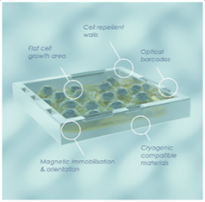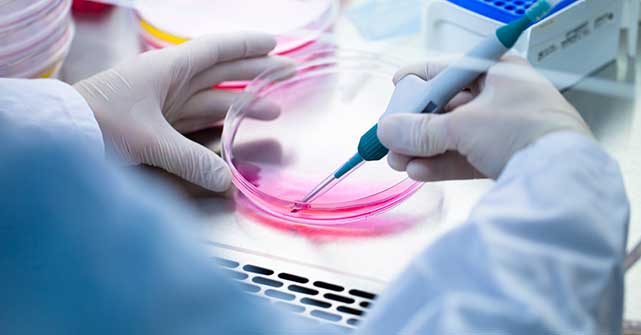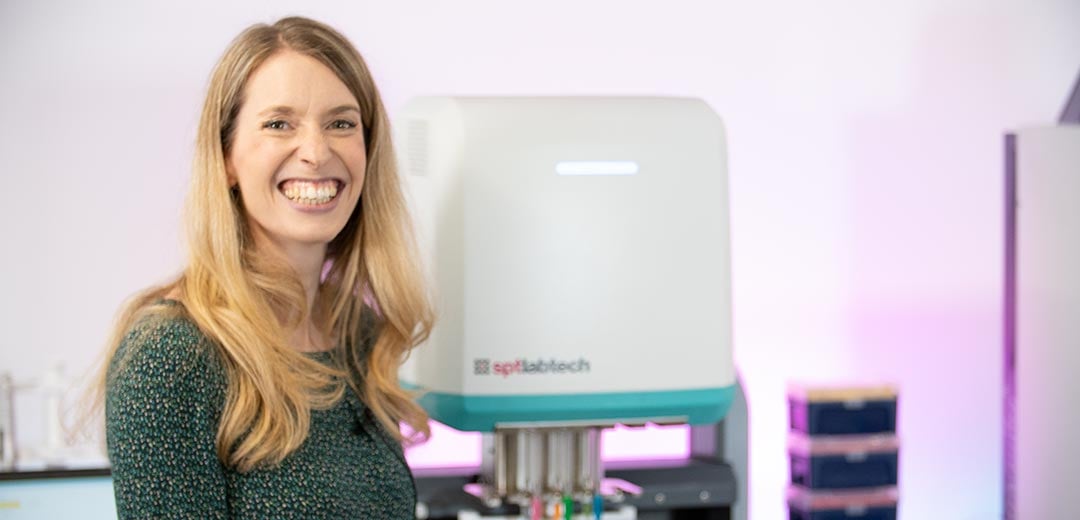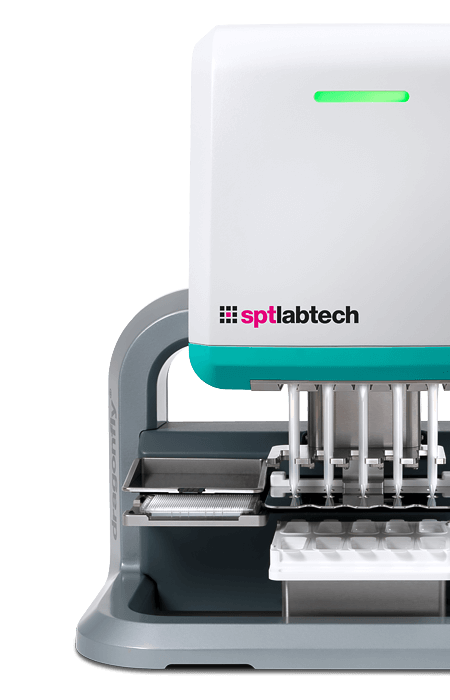Several fields now apply 3D cell cultures, including:
- basic research
- drug discovery
- personalized medicine
As researchers have moved away from 2D cell cultures in favour of 3D cell cultures, a similar trend has emerged in the choice of cell line, with primary cells, induced pluripotent stem cells and co-cultures now favoured over immortal cell lines.
Genomics is playing an increasingly important role in 3D cell culture applications. Genome editing techniques such as CRISPR-Cas9 editing have given scientists the tools to investigate the effects of mutations on disease states. In addition, next-generation sequencing (NGS) has allowed deep insight into the complex, often heterogeneous make-up of complex diseases such as cancer.
3D cell cultures for basic research & disease modelling
3D cell cultures have been utilized extensively in basic research and disease modelling, including cancer. (5)
We now have compelling evidence from two decades of research that reveals the critical role of tumor microenvironment (TME) in cancer development and progression. In two-dimensional (2D) cell culture systems, cells are grown as monolayers on a flat solid surface, lacking cell-cell and cell-matrix interactions of native tumors. These 2D-cultured cells are stretched and undergo cytoskeletal rearrangements acquiring artificial polarity, which in turn causes aberrant gene and protein expression. In contrast, 3D culture systems offer the unique opportunity to culture cancer cells alone or with various cell types in a spatially relevant manner, encouraging cell-cell and cell-matrix interactions that closely mimic the native environment of tumors. These interactions cause the 3D-cultured cells to acquire morphological and cellular characteristics that reflect in vivo tumors.
In response to these advantages, researchers use tumour spheroids to study various mechanisms involved in cancer biology, including:
- metabolic and hypoxia-induced changes
- cancer cell invasion and migration
- cancer stem cells
- tumor microenvironment signalling crosstalk
Beyond oncology indications, 3D cell cultures have been utilized in other areas of basic research, including:
- the study of neurodegenerative diseases (6)
- development of in-vitro blood-brain barrier (7) models
- pancreatic organoids, as potential models for pancreatic cancer and diabetes (8)
- intestinal organoids to model cystic fibrosis (9)
3D cell cultures for drug discovery
Most potential drug candidates fail clinical trials (80%), and this figure is even higher in oncology. (10) The most common reason for failure is lack of efficacy, but a staggering 17% of phase 3 clinical trials fail due to safety concerns. (11)
3D cell cultures have become valuable tools at all stages of pre-clinical drug discovery, starting from disease modelling and target identification and verification through to screening, lead selection, efficacy, and safety assessment. Researchers often grapple with complex trade-offs between model predictive strength and cost, ease of setup, and throughput capability. Owing to the cost, complexity and difficulty in automating 3D cell culture models, drug screening is conducted on a modest scale, usually not exceeding 100,000 compounds. Indeed, screening is not yet routinely performed in 3D cell culture, but hits may be validated for efficacy and toxicity using 3D models. Working with a smaller number of compounds may permit the use of more advanced models or organ-on-chip technologies.
Within the drug development process, compounds undergo rigorous safety testing before entering the clinical stage. Pre-clinical assessment of safety comprises in vitro testing (biochemical and traditional 2D cell culture assays), followed by animal testing.
3D cell cultures are not yet at a stage where they could replace toxicity testing in animals, but considering the high cost, ethical concerns and physiological differences between animals and humans, they may develop into promising alternatives. This is enhanced by the development of new 3D cell culture formats that test for hepatotoxicity (12) and cardiotoxicity (13). However, there is insufficient evidence to understand whether these approaches could improve upon the physiological relevance of animal testing. Or, on the other hand, whether there still remains a lack of complexity, for example to account for the role of the vasculature or the immune system. (13)
Despite the numerous challenges associated with implementing 3D cell cultures for drug discovery applications and high throughput screening applications in particular, the use of 3D cell cultures, together with better cell models such as stem cells and primary cells, could allow greater predictability of efficacy and toxicity in humans before drugs move into clinical trials, which, in turn, would lower the attrition rate of new molecular medicines under development.
3D cell cultures for personalized medicine
Molecular targeted therapeutics continue to improve the outcomes for many cancer patients. It is known that there is significant tumour heterogeneity among patients, as well as heterogeneity within a single patient tumour. This limits the efficacy of targeted therapies to specific patient subtypes and contributes to relapse.(14)
Genetic testing of tumours is already commonplace in the clinic to identify cancer subtypes and guide targeted therapies. However, the large number of genetic and epigenetic changes in many cancers and our lack of genotype-phenotype relationship understanding suggest that complementary strategies are needed to guide treatment.(14)
Patient-derived organoids retain the heterogeneity of the original tumor but allow several different drugs or drug combinations to be tested for efficacy in vitro. Drug screens on patient-derived organoids are not yet fully validated as predictive biomarkers in the clinic. Therefore, more research and development are needed to standardize patient-derived organoids and refine the models. The creation of cancer biobanks that provide access to relevant cells will help to advance this goal. In the future, we may see patient-derived organoids and genetic testing as complementary tools to guide personalized medicine approaches. This promising development looks set to increase the efficacy of treatments and minimize toxic side effects.(15)













.png)
